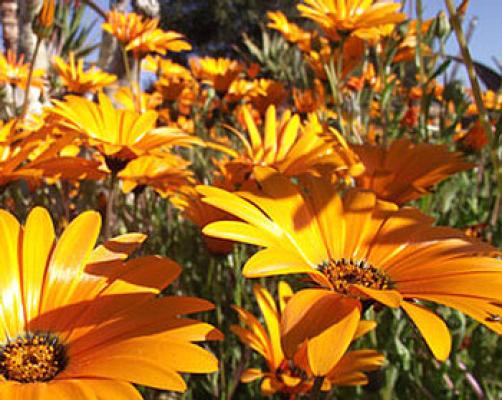

The largest collection of indigenous succulents in South Africa is housed in this regional garden curated by the National Botanical Institute.
The garden was originally established near Matjiesfontein in 192l but was transferred north of Worcester in 1945 to make it more accessible. Today it consists of a 10 ha cultivated area that draws hundreds of visitors in spring, when brilliantly coloured vygies and daisies are in bloom, and a natural veld reserve with low Karoo-type bushes and succulents covering an area of 144 hectares.
The garden sustains interesting collections of Lithops, Conophytum, Drosanthemum, Lampranthus, Stapelia, Crassula, Haworthia and Aloe. About 4 000 species of flowering plant grow here, 350 of them rare and endangered.
There is a rich and varied birdlife in the area, and the reserve is used extensively by the local bird dub and the Wildlife Society of South Africa.
Well-maintained trails link the developed garden with the reserve and present a spectacular view of the Breede River Valley. Starting from behind the office, the 1,7 km self-guided Shale Trail is an interesting introduction to flora, fauna (including busy insect life) and geology.
The cultivated section contains a flora trail for the blind, with plant labels printed in Braille. As part of the garden's Namaqualand section, and showing how man formerly integrated with his environment, Bushmen (San) have built a typical 'skerm' or shelter.
A wide selection of indigenous Karoo plants is available for sale on weekdays.
Situated in the main administrative complex. There are a variety of general horticultural and botanical specialist books available.
An excellent variety of indigenous seeds of aloes, annuals, geophytes (bulbs), ground covers, mesembs (vygies), pelargoniums (geraniums/malvas), shrubs and trees are on sale.
The garden, which is open throughout the year from 8 a.m. to 5 p.m., is situated on low hills about 3 km north of Worcester, and is well signposted from the N1 national road - Roux street turn-off.



